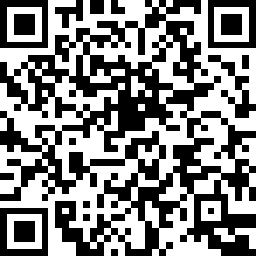Korean Word Entry
音假字| Hangul: | 음가자 |
| Revised Romanization: | eumgaja |
| Definition: | (linguistics) a phonetically-adapted phonogram; in East Asia, a Chinese character which is used as a phonogram to write non-Chinese morphemes in a non-Chinese language; it retains only the phonetic value of the original Chinese. |
Need more information?
Chinese characters used in this word
| 音 | sound, noise, tone, pitch, pronunciation, Kangxi radical 180 |
Readings
| Mandarin: | ㄧㄣ (yīn) |
| Cantonese: | jam1 |
| Japanese: | オン (on)、 イン (in)、 -ノン (-non) / おと (oto)、 ね (ne) |
| Korean: | 음 (eum) |
| Vietnamese: | âm |
| 假 | temporary, interim, assumed (name), informal, falsehood, deception, vacation |
Readings
| Mandarin: | ㄐㄧㄚˇ (jiǎ), ㄐㄧㄚˋ (jià), ㄐㄧㄝ˙ (jie), ㄒㄧㄚˋ (xià), ㄒㄧㄚˊ (xiá), ㄍㄜˊ (gé) |
| Cantonese: | gaa2 |
| Japanese: | カ (ka)、 ケ (ke) / かり (kari)、 かり.る (kariru) |
| Korean: | 가 (ga), 하 (ha) |
| Vietnamese: | giả, giá |
Variants
| Simplified Japanese form: | 仮 |
| Semantic variant form: | 叚 |
| 字 | character, letter, word, section of village |
Readings
| Mandarin: | ㄗˋ (zì) |
| Cantonese: | zi6 |
| Japanese: | ジ (ji) / あざ (aza)、 あざな (azana)、 -な (-na)、 うむ (umu)、 ます (masu) |
| Korean: | 자 (ja) |
| Vietnamese: | tự |

